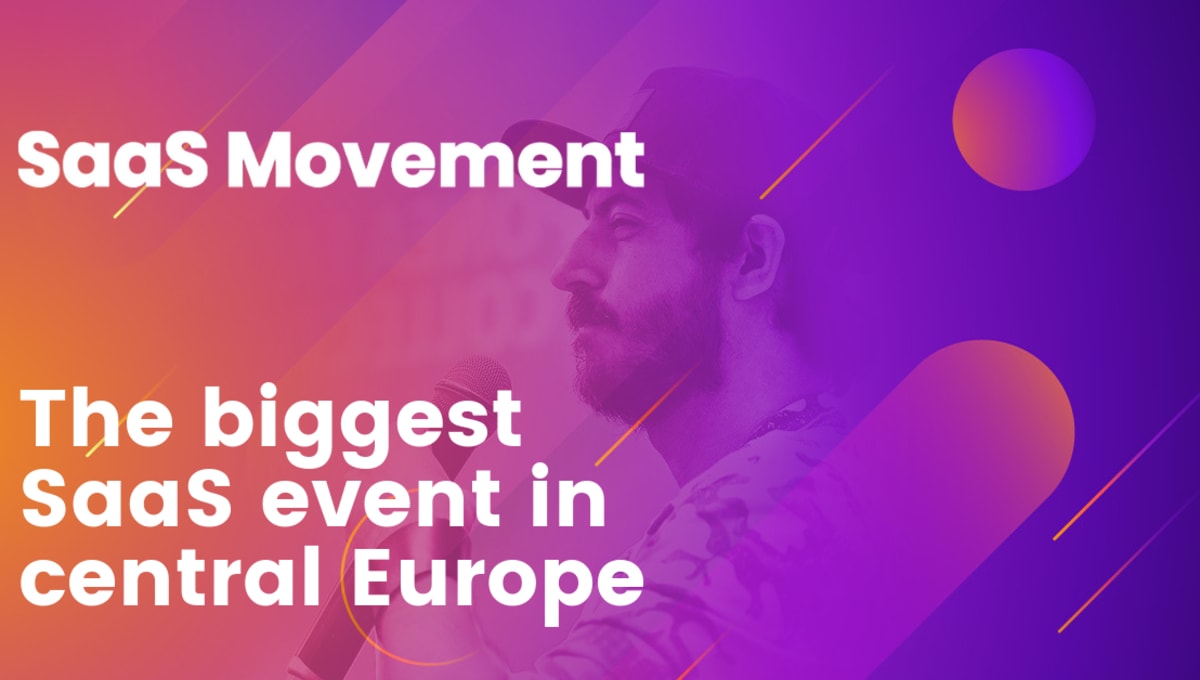Table of contents
On 11th September 2019 Smartsupp, Smartlook and Survio turned the Faculty of Business of Brno Mendel University into SaaS dreamland. They brought together the most inspiring SaaS entrepreneurs from the Czech Republic, Slovakia, France, Germany, Poland and Estonia, who came there to talk about their best business practices. The whole event was divided into three parallel tracks: Product, Sales and Business, and Marketing. We recorded all the presentations, so the footage will be available very soon. For now, we prepared a brief summary of a few speakers of each track. Let’s relive those moments!
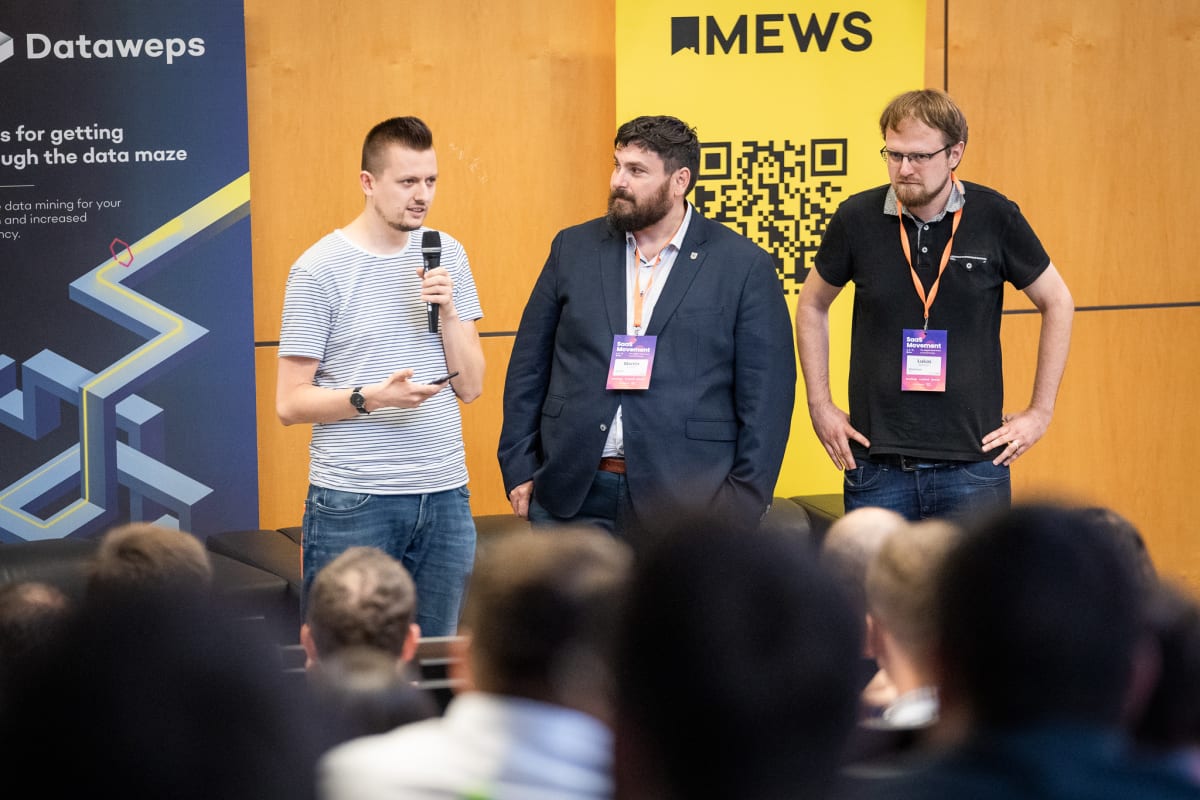
Around 9AM the participants were welcomed by the organizers: Vladimir (Smartsupp), Lukas (Smartlook) and Martin from (Survio) who encourage them to network and share knowledge so everyone can get the most out of the conference.
The agenda was loaded with top notch presenters!
Tomas Rehor (Pipedrive) was the first speaker in the Product Track, he focused on an important part of scaling a SaaS product. According to Tomas, the product success goes hand in hand with the teams happiness and their understanding on exactly how each person contributes to the company success.
Focusing more on people’s roles, empowering them with coming up with their own ideas and working on them, instead of working on ideas of a few decision makers resulted in faster delivery, better product and higher engagement. Turn your teams into the superteams, by combining the right people, at the right time, to solve the right problem.
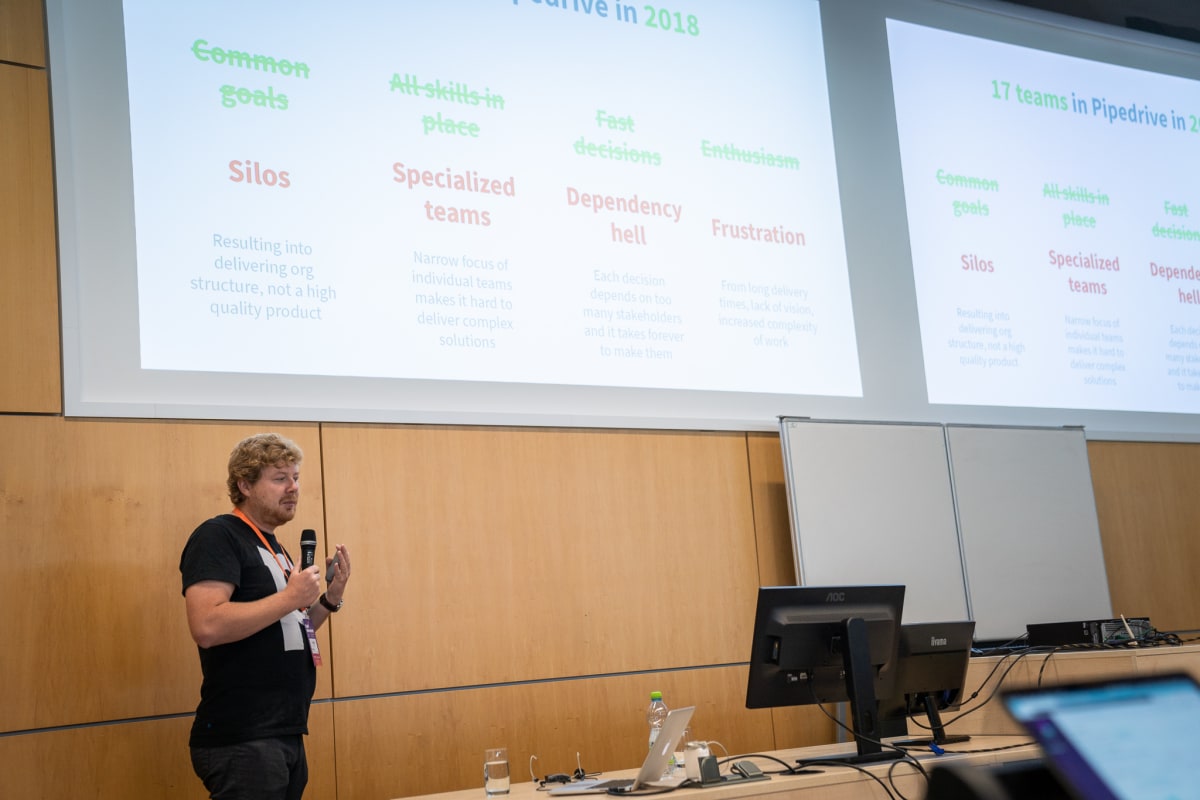
Tomas Janu (Avast) spoke about optimizing the Checkout Funnel for a global audience. In order to do it, focus on what you know and let a third party companies take care of the rest. The Avast way to do it, when it comes to the checkout process, is to keep the front end theirs and let the others take care of the back end. It’s extremely helpful with providing frictionless payments and being compliant with local laws and regulations.
Put yourself in the customer’s shoes and try to understand each local market you operate in. Tomas brought up an interesting example of Brazil, where installment payment model is extremely popular not only when it comes to a big purchase, but on a daily basis, including paying for gasoline at the gas station. By adapting to this situation on that market, conversion increased by 80%! Avast didn’t do it by themselves, the key was finding the right partner for each region as part of optimizing payment around the world. Relying on just one wouldn’t have done the trick.
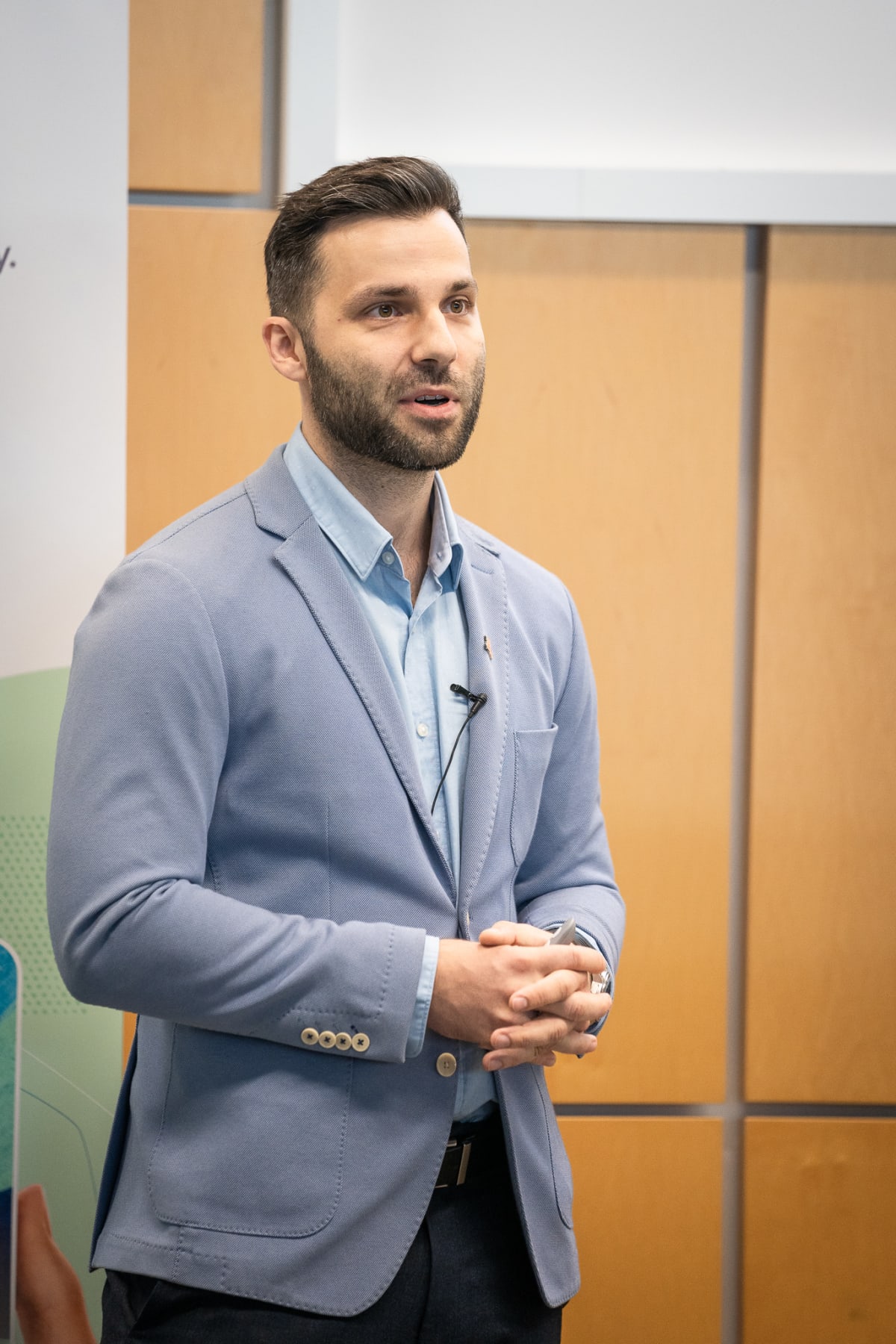
Ingmar Zahorsky (Chartmogul) was talking about building a victorious customer success team in a SaaS startup. Similarly to Tomas Rehor, Ingmar emphasized how important it is to put your employees in the center and increase their engagement and understanding of their role within the company. Make sure that your product and engineering teams are customer centric. Turn your sales team into the product champions — train the team to use the product the ways they simulate to be customers. Making your team members feel included in the whole process, setting goal oriented tasks and communicating effectively and frequently will help you succeed and the customer success will be your competitive advantage in the SaaS business.
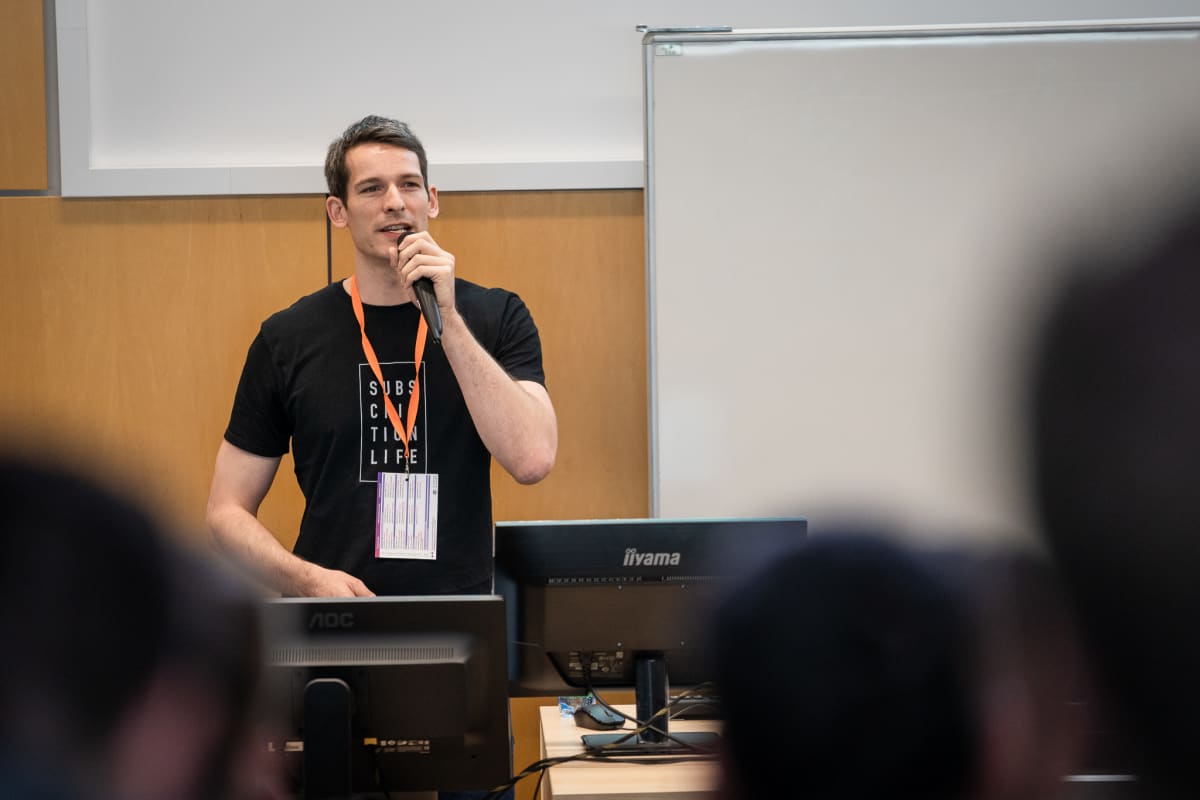
Lukas Mehnert (Smartlook) took a closer look at “lucky business moments”. As per Lukas, not everything can be planned, calculated and measured when it comes to marketing activities. By the lucky moments moments he means finding opportunities and sometimes put aside your previous plan if another opportunity is there to be used. For Smartlook the Facebook ad campaign was such a moment, when they found the channel and scaled it to the most Now it wouldn’t be possible.
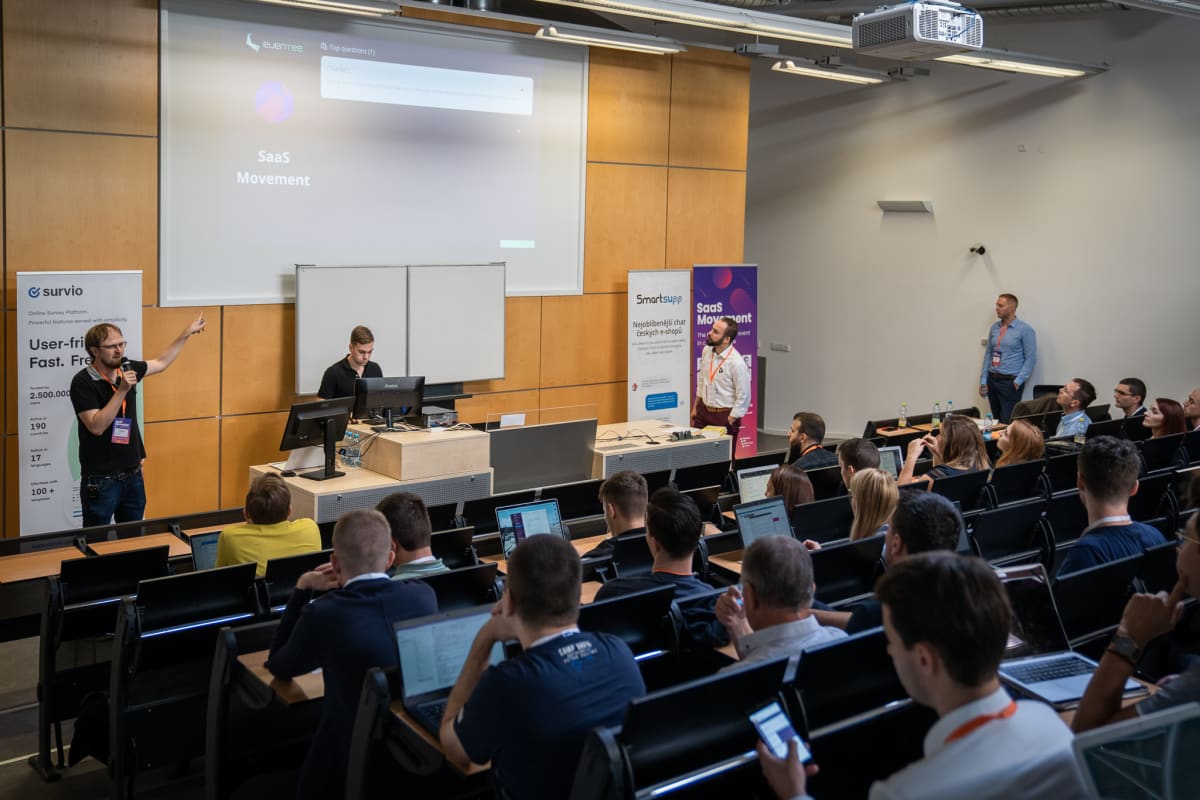
Zuzana Kudelova (Travelsuit) was another speaker on the Sales and Product Track. She shared her fixes for the common mistakes when building a SaaS sales team. Zuzana explained why you shouldn’t be blinded by the candidate’s seniority without realising what skills in fact you need, if those seniors worked on tasks similar to your company’s, targeted at a similar audience. Always check your candidate’s skills in practice — make them cold call or email you. How did you feel after completing the task? What was the candidate’s reaction afterwards?
Zuzana was also another speaker to confirm that setting the expectations right and ensuring clear communication with your employees will help your company. Reach out to them during regular meetings, provide an ongoing training, don’t expect from people to self identify their issues and weaknesses.
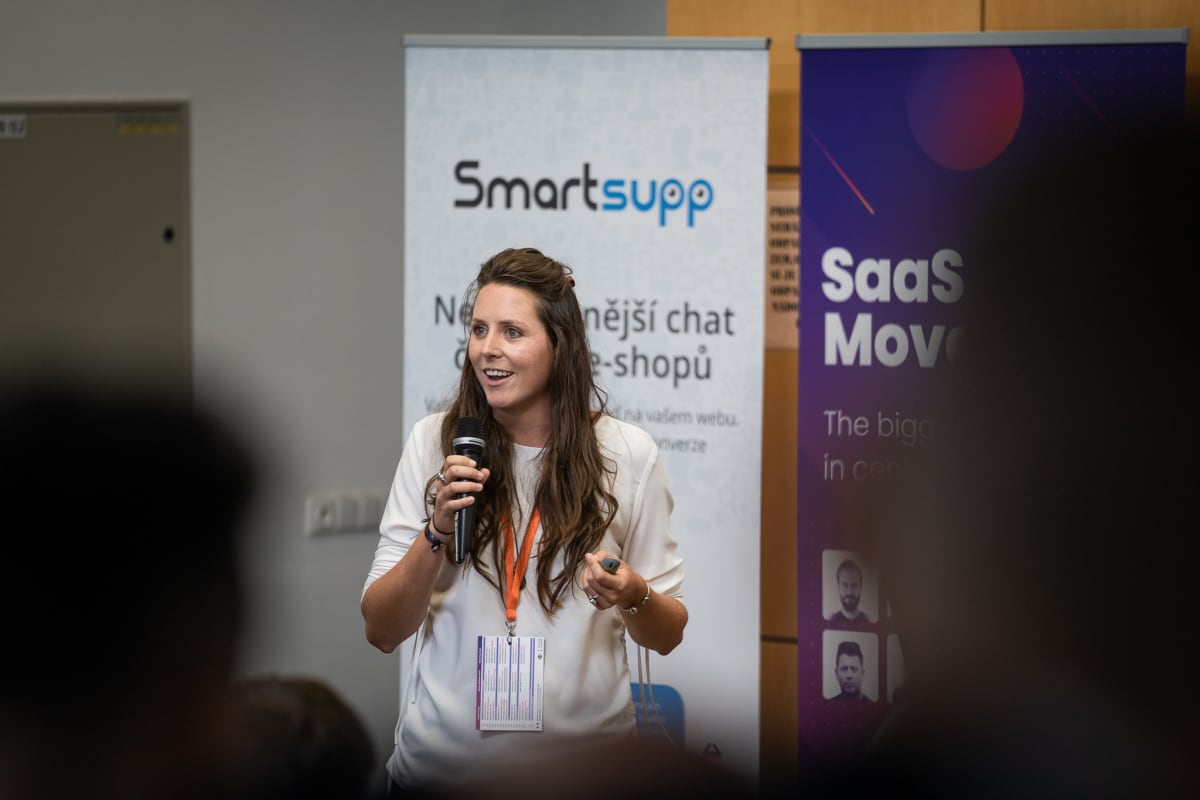
An investor panel discussion was a nice change of pace from the presentations. Marcin (Innovation Nest) and Michal (Reflex Capital) were talking about the values they are looking for when evaluating start-ups to invest in. They agreed that not only a good, engaging and honest presentation is an important part of the process. It’s also chemistry, simple as that. If you are meant to work together for a long time, you should be sure that you also click. You should also be understandable when pitching your product. Imagine that you are explaining it to a friend. Don’t backbite about your competitors, let the investor know what makes you stand out on the market instead. Know the time and place, you should feel if you came up with the idea too early or if the moment is right now. Don’t forget that it takes two to tango — make sure that the investor is also someone you want to work with. Check their previous experience, ask around to be sure that you are on the same page when it comes to the company vision.
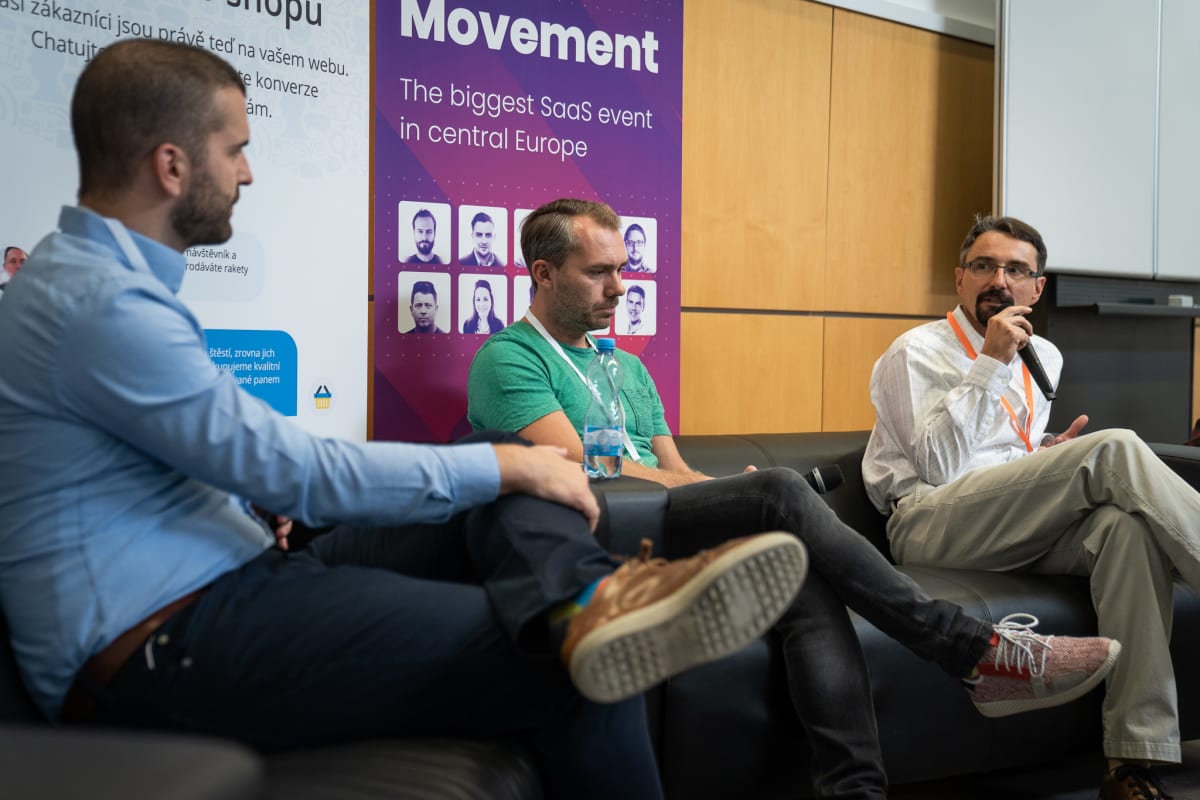
Peter (Exponea) told us a bit more about how Exponea grew from 4 offices to 10 offices, hiring around 300 people now. It was another presentation putting people first. Similarly to Zuzana, he said how important is your employees’ expertise - hire smart people who solved problems similar to yours before. Make the processes easy for your people, build them lean. Divide your projects into Strategic (visible to everyone) and Strategic Exploration (no need to be communicated to the team at a given point of the project, i.e. only CEO works on them) ones. Make your decisions be data driven, don’t use data only to evaluate what happens but use it to forecast too.
Let the culture manage the team. Once everyone is on the same page and the team is bigger, people behave responsibly and the culture drives them, no CEO approvals are needed for taking action. Such an approach might make some people leave the board, as this is not something they signed up for but it’s in fact a positive thing, it sifts out those whose goals are different to the company’s.
Peter also pointed out how important it is to not hire supermen but to build job positions that don’t require supermen.
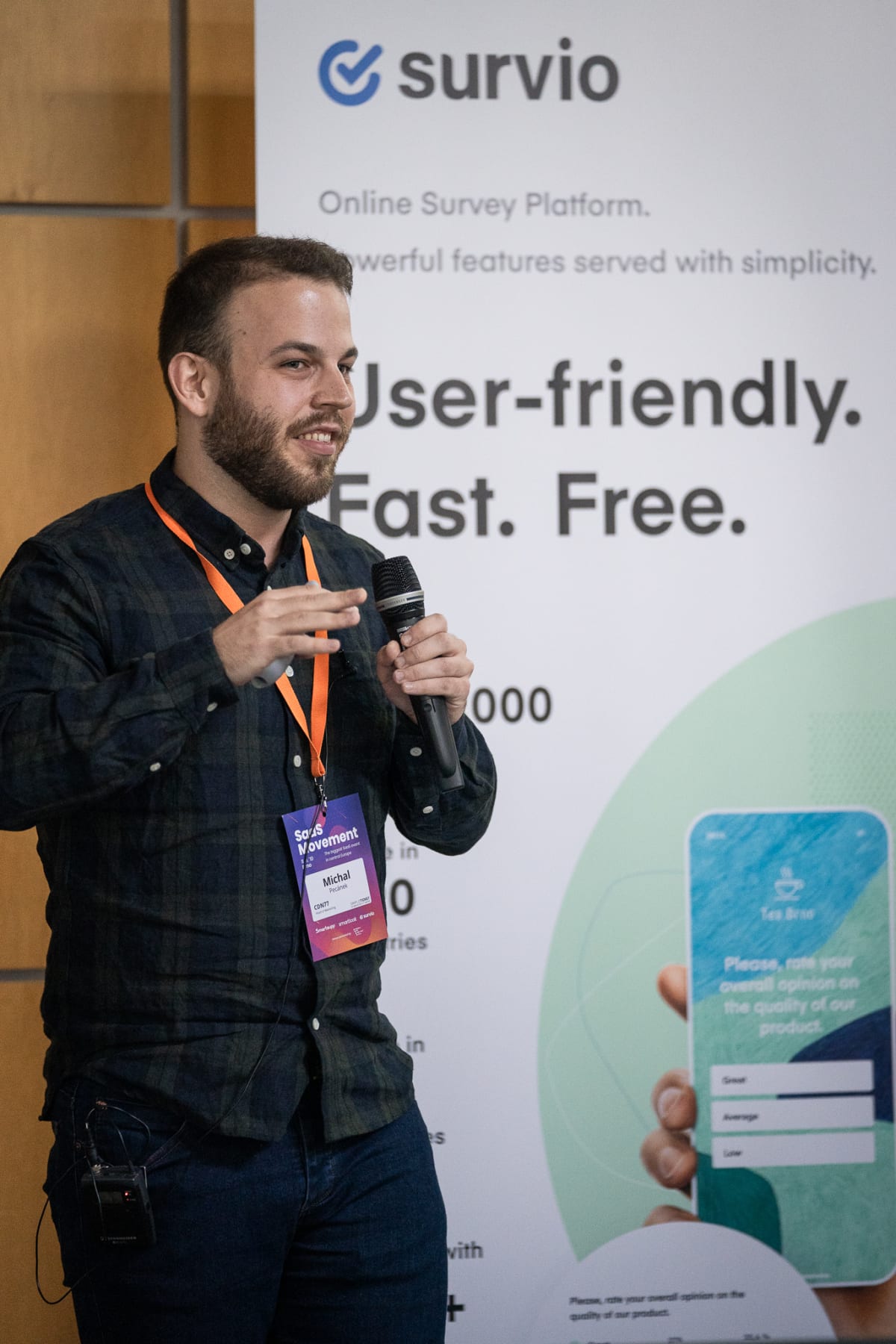
**Andrus’ (**Outfunnel) presentation was the last presentation in the marketing track focused on a marketing plan. Andrus talked about the product category awareness and urgency. What he means by that is that you should know if your potential customers know you (awareness) and if they know that this moment is the right one to be using you (urgency). Put yourself in their shoes, see what keywords they are using to find products similar to yours and use them to help them find you. Know what language they speak and it will profit.
Don’t underestimate the value of customers’ referrals, ask them about it in the early stage of using the product when they didn’t discovered its flaws yet.

SaaS movement was not only about the above mentioned wonderful speeches. In between them, the participants had a chance to network over snacks and coffee. In the evening they were also enjoying excellent moravian wine and hung out in a less formal setting.
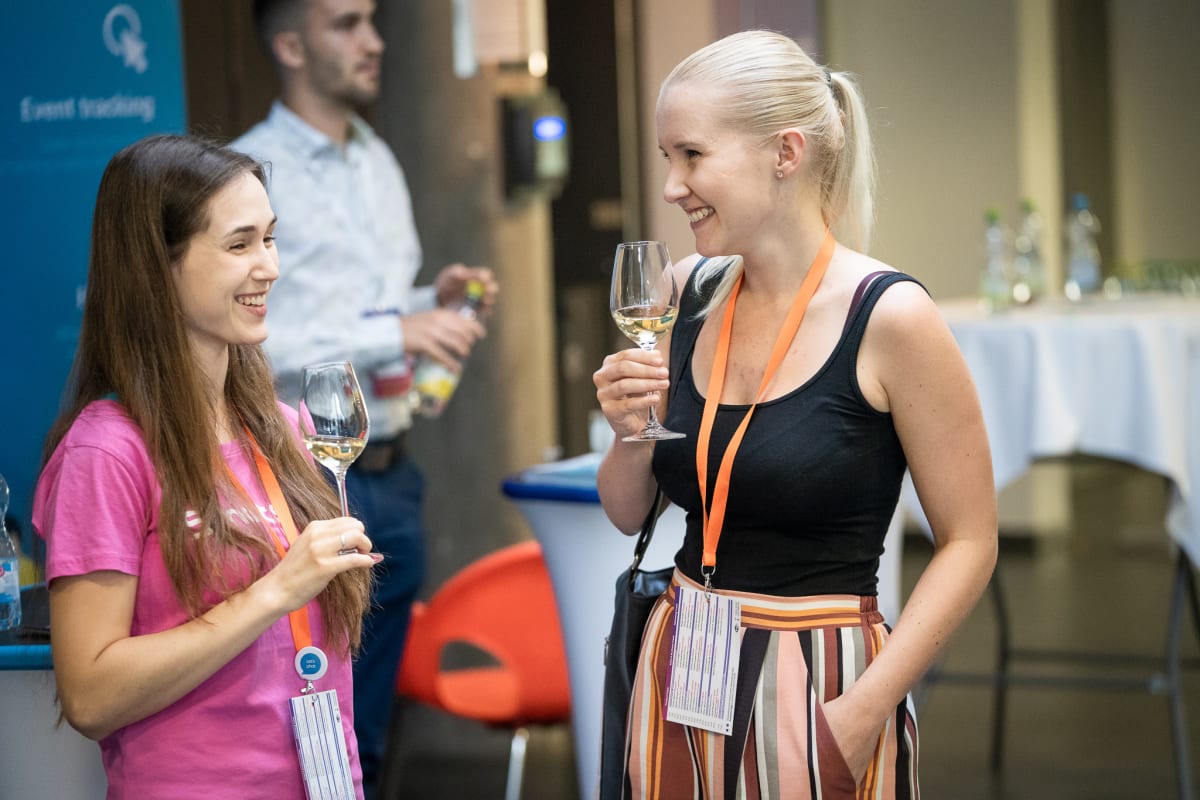
On a sad note, we decided not to organize SaaS movement in the same format anymore. No need to pull a long face, we won’t stop working on bringing the SaaS community closer. Keep up with us to see what we are preparing for you. See you soon!


